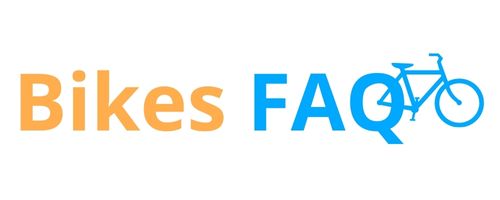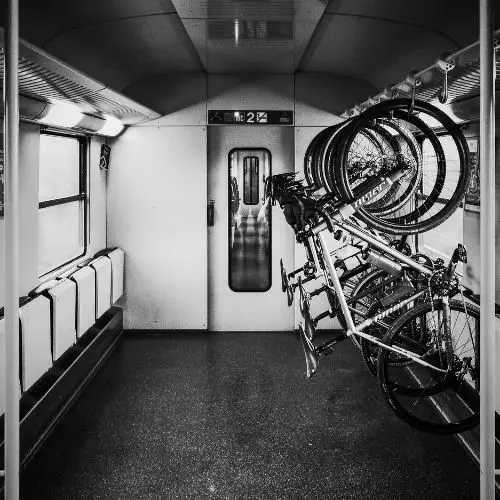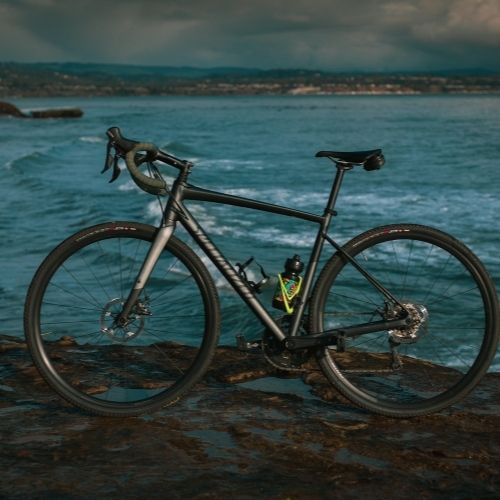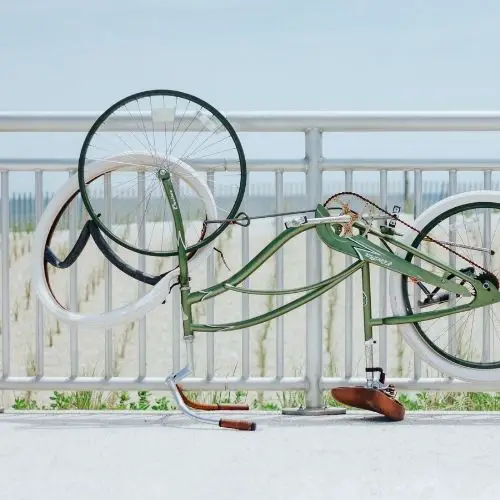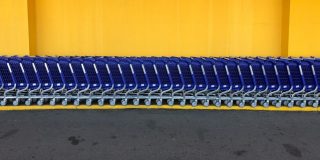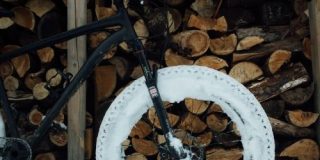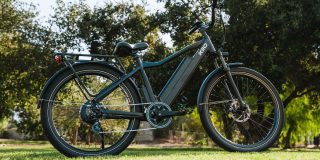You might have noticed when looking at a road bike that it has curved handlebars. These curves produce a half-circle shape that bends downward. But why are road bike handlebars made with such an arrangement?
So why are road bike handlebars curved? Road bike handlebars are curved to help the rider enter a more aerodynamic position, thus reducing drag. These handlebars also support an assortment of hand positions, ensuring full control and comfort while riding. The design also helps the rider pedal more effectively.
Keeping An Aerodynamic Position
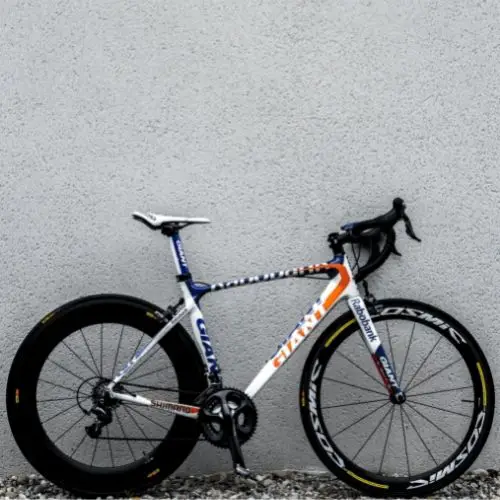
A rider can stay in an aerodynamic position when holding curved handlebars. The bars are lower than what a traditional bicycle features, giving the rider the option to lean down with the upper chest close to the handlebars.
The rider will enter a tuck position when the body is crouched towards the handlebars. The spinal column and the bicycle should be as parallel to one another as possible to reduce drag.
You might have noticed in some road races that cyclists will keep their chests close to the handlebars. The curved design makes it easier for cyclists to achieve this position. The amount of area impacted by drag is also minimal, as less of the rider’s body will appear upright. Keeping that drag under control is critical for helping cyclists to complete their races in less time.
Managing Many Hand Positions
A road bike’s curves will also support multiple hand positions. The design allows the rider’s hands to shift in different spots based on the riding situation.
You’ll also find the curved position gives you better access to the brake levers at the front part of the handlebars. You’ll need access to those handlebars to ensure you have more control, especially when going downhill.
You can choose a hand position based on your comfort level while riding:
- Hoods – The hoods position entails the hands on top of the brake hoods. The hands will be perpendicular to the ground. This position is the most common one that riders utilize.
- Hooks – The hooks position lets you hold the parts of the bars that curve outward while your hands stay directly behind the brake levers. The position is necessary when going downhill, as you’ll need consistent access to the brakes.
- Drops – Your hands will stay a little lower towards the ends of the handlebars in the drops position. The hands will be parallel to the ground.
- Ramps – You will hold the corners of the top parts of the handlebars while in the ramps position. This layout is best when you’re riding while upright, plus it gives you extra control. But you won’t go as fast while in this position, what with the body producing drag.
- Tops – You will hold the top parts of the handlebars in the tops position. This position is necessary for climbing, as it keeps your chest open to support deep breaths.
Easier Pedaling

Constant pedaling is necessary when riding a road bike. But a rider could struggle to exert enough power on the pedals after a while.
A curved road bike handlebar lets the rider move one’s body closer to the legs. The rider can produce more power when pedaling as the body moves inward. The rider’s breathing becomes more focused at this point, helping to generate more energy when pedaling.
- Gravel Bike Drop Handlebars: Why do they have them?
- Gravel Bike vs Road Bike: Similar bikes, for different purposes
- What are MIPS Bike Helmets? And why they are good for you
What About Rough Roads?
There is one concern to note about curved handlebars, as they may not work well on rough roads. These include trails and other surfaces with loose rocks and cracks. A flat bar is best for such surfaces, as it provides better steering support for some of the roughest spots around. But for those looking to go faster and to have more control over a traditional road, a curved handlebar layout is the way to go.
Conclusion
Curved handlebars are a necessity for every road bike. You’ll find when pedaling a road bike that it gives you the support and control you need over a ride. The design also helps you keep drag down while simplifying your pedaling efforts, making it one of the best layouts you can use. You can notice all these unique qualities the next time you ride a road bike.
